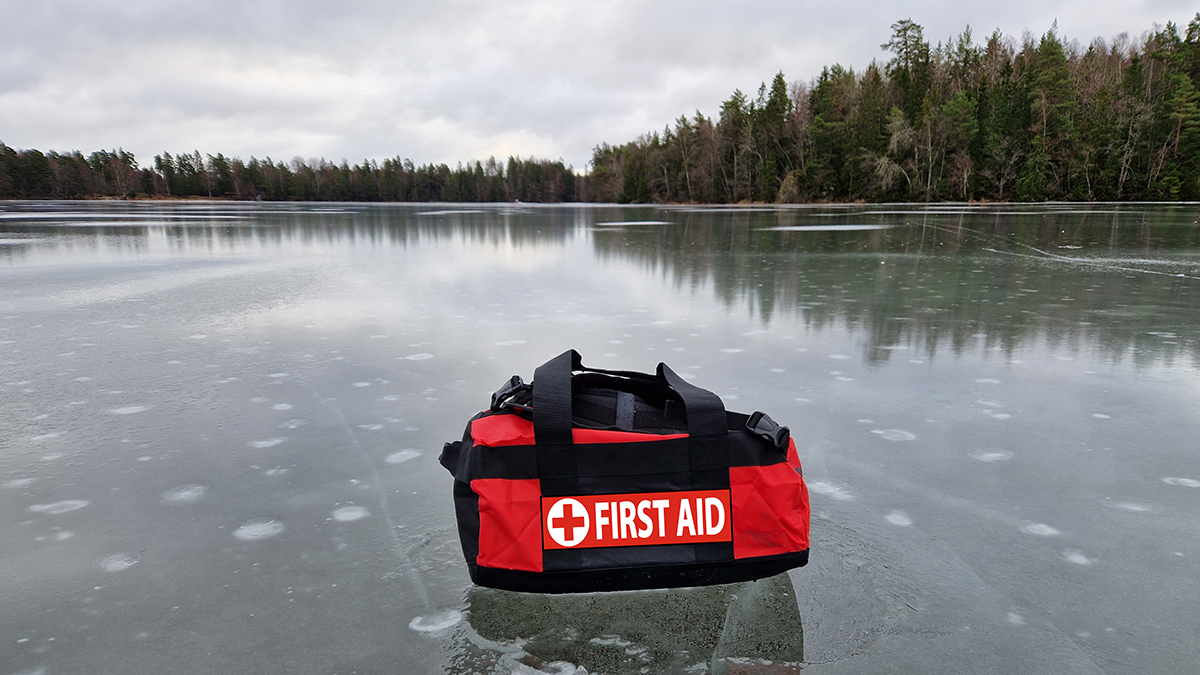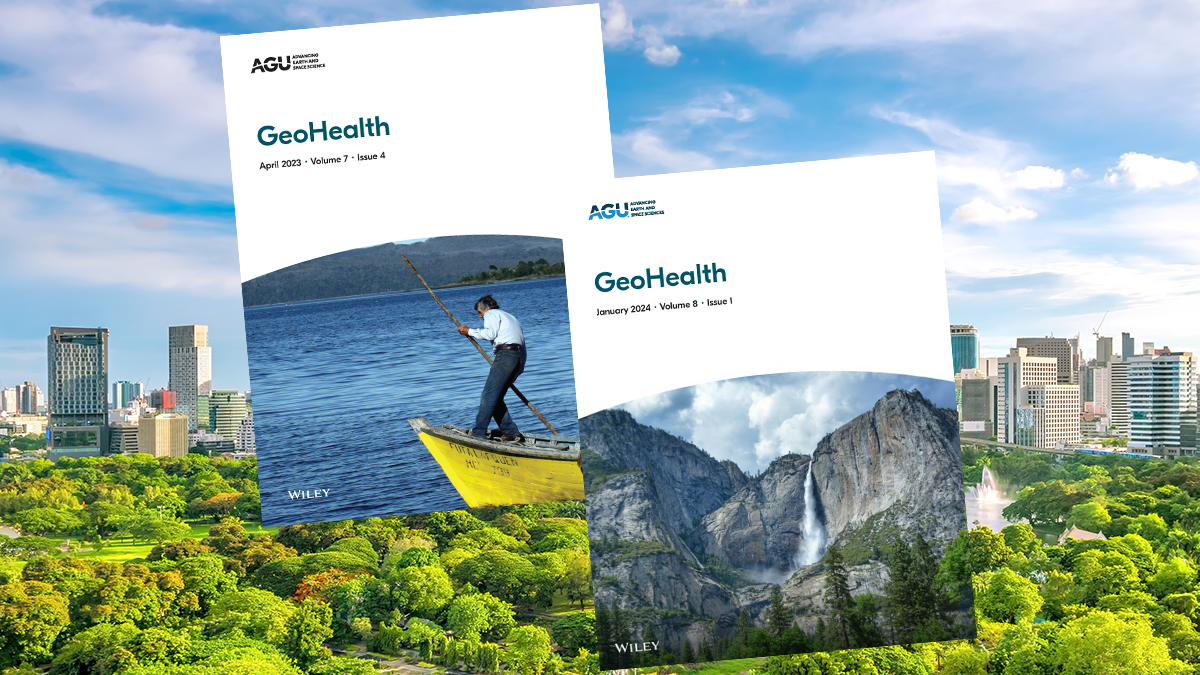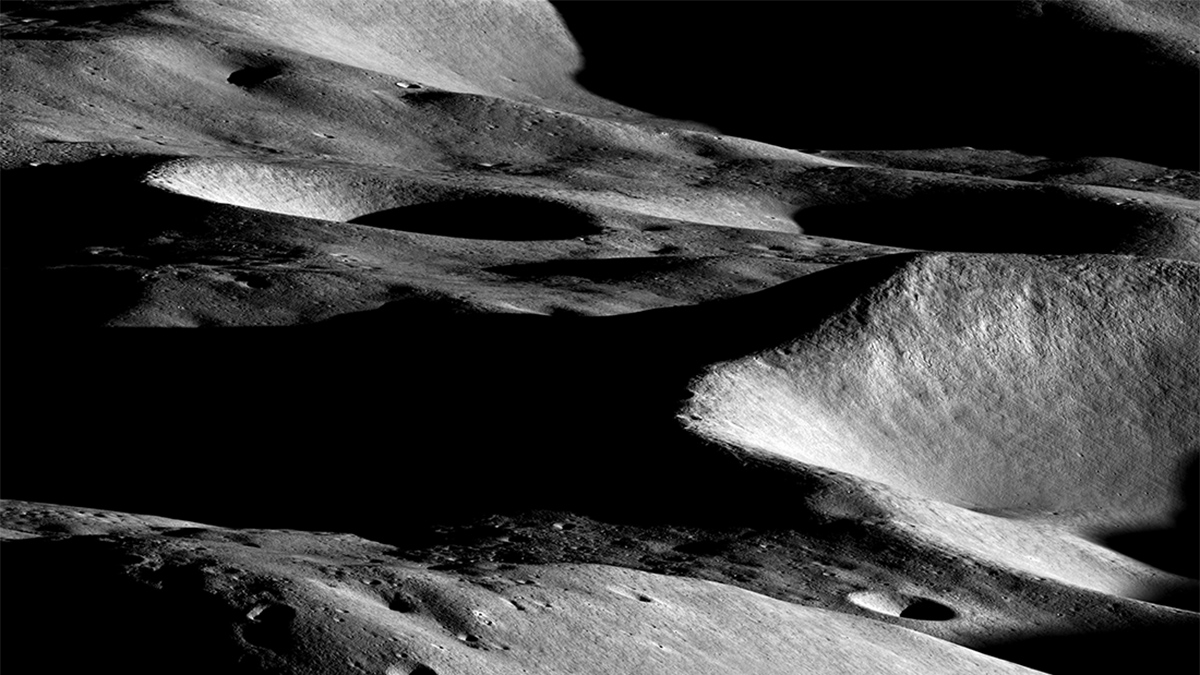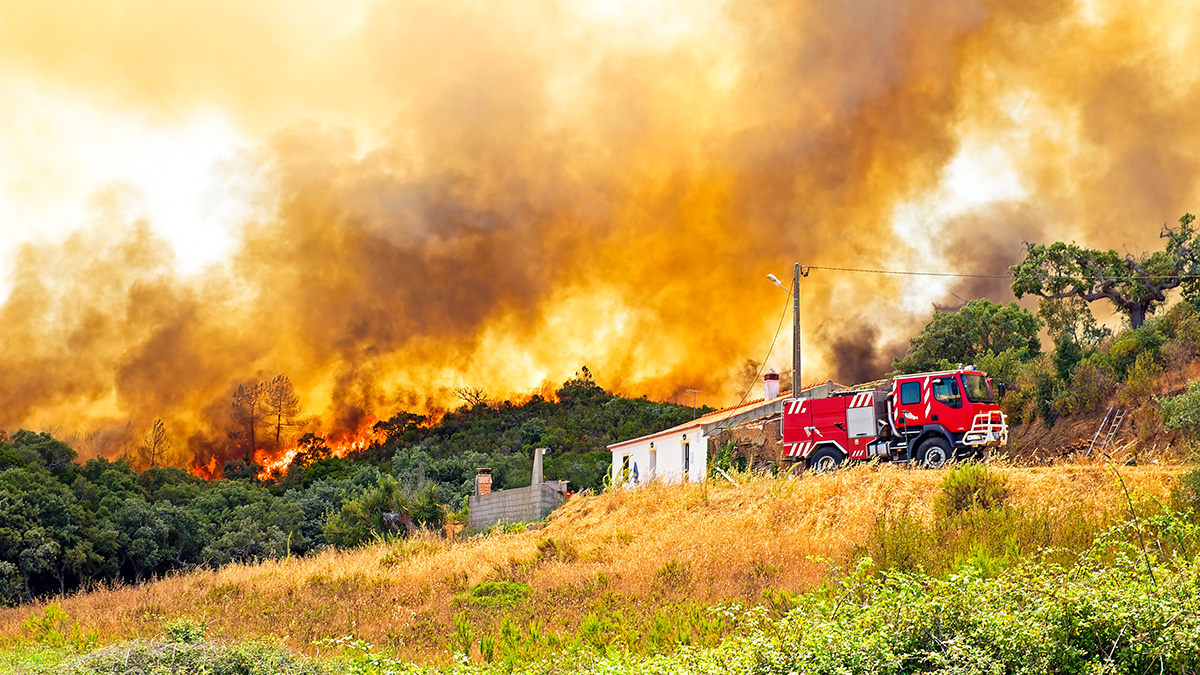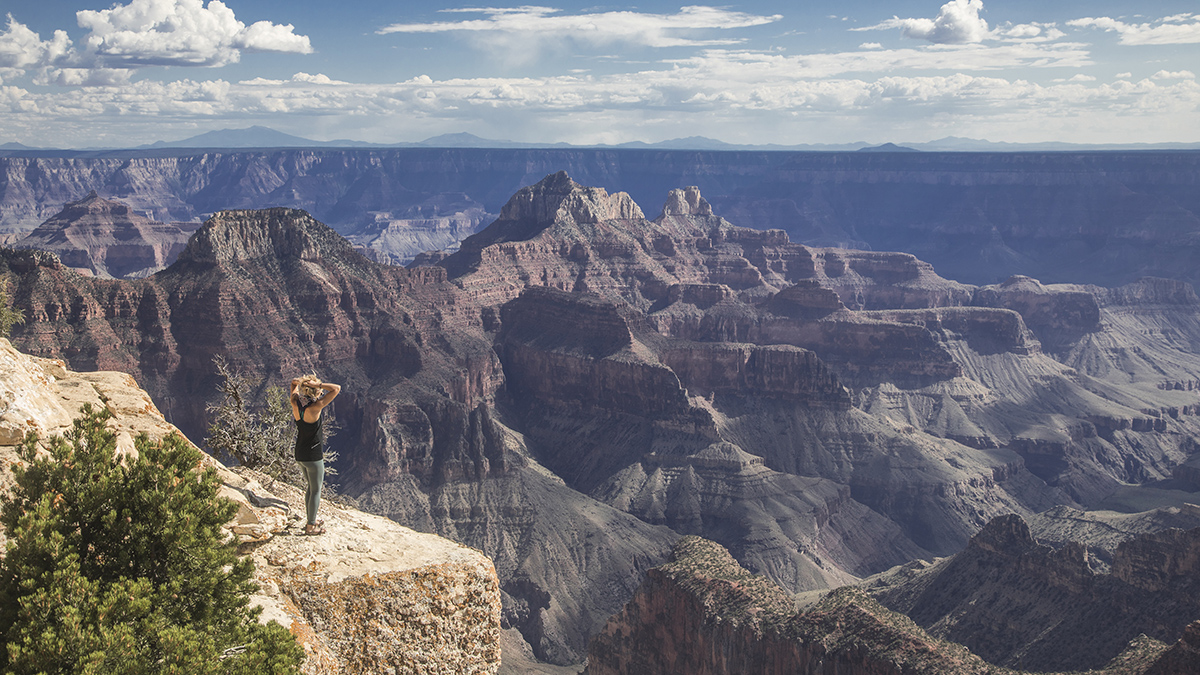The pioneering Sulfur Transport and Deposition Model, initially designed to simulate atmospheric sulfur, continues to find new applications and value in environmental science and policymaking.
geohealth
How Tungurahua Volcano Dropped Heavy Metals into Ecuador’s Food Supply
When Ecuador’s Tungurahua volcano erupted multiple times between 1999 and 2016, nearby farming communities were covered in ash, which left heavy metals in their crops.
Lakes Worldwide Need a Checkup
Lakes are facing a slew of health issues that may become chronic. Can human health care strategies help?
Roman Plagues Struck During Cool, Dry Periods
Marine sediments from the Gulf of Taranto offer a high-resolution look at climate during ancient disease outbreaks.
Ignored Paths of Uranium Exposure Illuminated by Havasupai Tribe
An agency-tribal partnership is identifying exposure risks previously not considered in mining risk assessments.
GeoHealth Comes of Age
The outgoing and incoming Editors in Chief of GeoHealth reflect on recent years of growth and expansion in the journal while they plan for the challenges ahead.
Mapping the Moon to Shield Astronauts from Radiation
Scientists are charting landing spots that offer future lunar astronauts protection from the Sun and deep space.
Millions Likely Live in Areas Contaminated by Mining Runoff
Heavy metal contaminants from mining can live in ecosystems for centuries. A new global database shows where the problem is worst.
How Wildfires and Weather Affect Portugal’s Public Health
Researchers dug into data to examine the effects of wildfires, pollutants, and meteorological factors on mortality and cardiovascular health in the Iberian country.
Grand Canyon Heat May Become More Dangerous
Climate change may double the risk of heat-related illness at Grand Canyon National Park by the end of the century.



